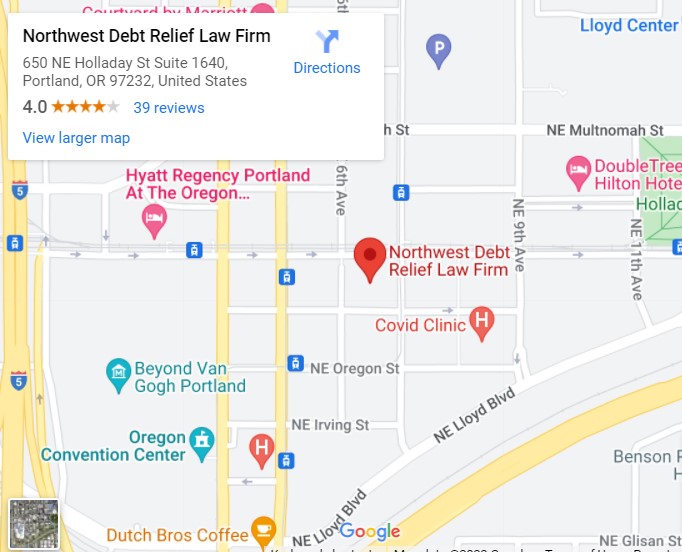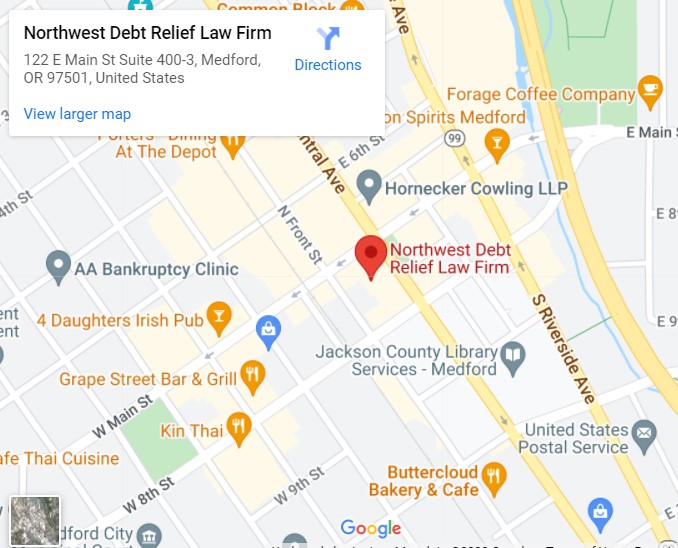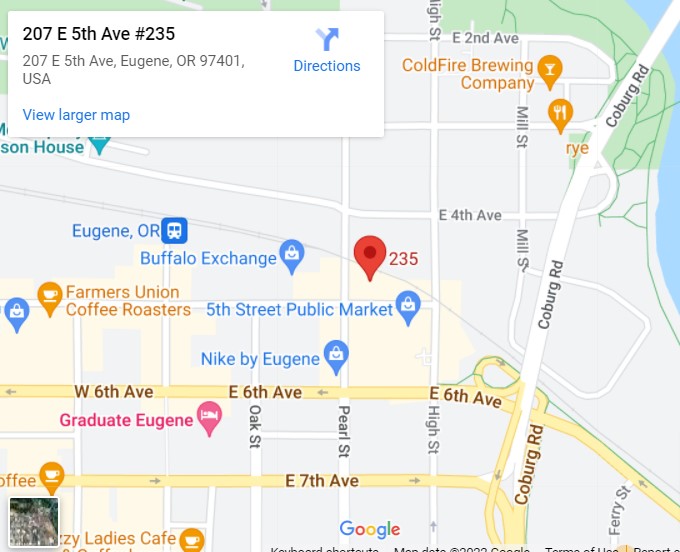Debtors across both Oregon and Washington who are being harassed by student loan lenders and hope to eliminate these debts through Chapter 7 Bankruptcy must navigate their way through a pretty nasty test. Bankruptcy courts in both Oregon and Washington rely on the three-part Brunner test to asses whether a student loan is dischargeable in bankruptcy based on a claim of undue hardship. This test is based on a thirty-year old U.S. Court of Appeals decision (Brunner v. New York State Higher Education Services Corp., 831 F.2d 395 [2d Cir. 1987])
Under the Brunner test, an Oregon or Washington debtor must demonstrate:
1. The debtor cannot maintain, based on current income and expenses, a minimal standard of living for the debtor and dependents if forced to pay off student loans;
2. Additional circumstances exist indicating that this state of affairs is likely to persist for a significant portion of the repayment period of the student loans; and
3. The debtor has made good faith efforts to repay the loans.
Since the Brunner decision, undue hardship has become the only criterion for discharge of student loans in bankruptcy, and court interpretations of the three prongs have become increasingly restrictive. Some courts interpret a minimal standard of living as the federal poverty level. For a household of one, income from whatever source derived would have to be at or below $11,490 per year and for a household of two, $15,110 per year. It would be extremely difficult to meet this standard if you receive any form of assistance from friends or family or receive anything in the way of government assistance.
Though absolute discharge of student loans can prove to be a pretty elusive goal, both Oregon and Washington debtors can at least find three to five years of relief under Chapter 13 of the Bankruptcy code. For an explanation of how that might work for you, please feel free to contact me anytime at either 503-232-5303 or 206-674-4559











